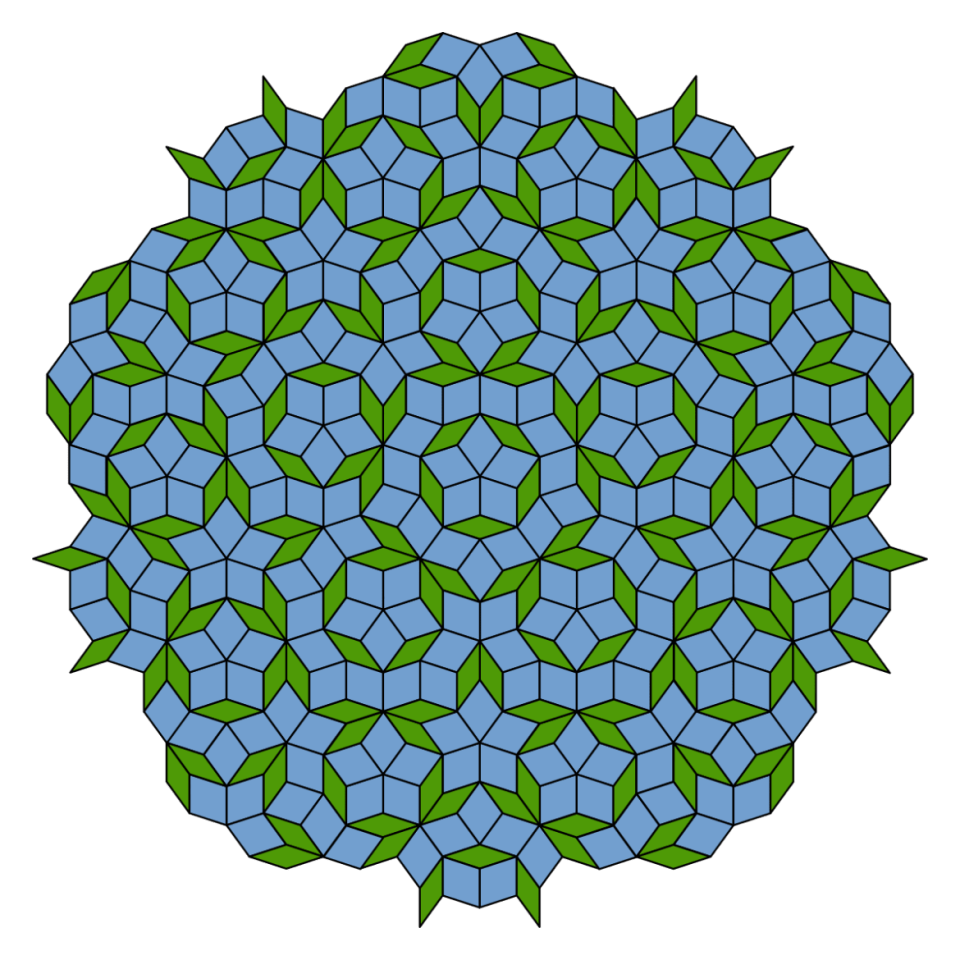This New Phase of Matter Unlocked an Extra Time Dimension

Here’s the thing: The device you’re reading this article on kind of sucks.
No, it’s not because you don’t have the latest tech or software update. It’s because all computers are fairly inefficient—at least, traditional ones. When you strip a normal computer like your cellphone or laptop down to its most basic part, you get a transistor. This acts as a switch that controls the flow of electric volts that transmit data, known as bits. These bits are typically conceptualized as either zeros or ones, where zero is a low voltage and one is high. Combine transistors together, and you can relay even more complex data.
Transistors are tiny. For example, a transistor in Apple’s M1 chip is five nanometers. For comparison, a human red blood cell is roughly 7,000 nanometers wide, and a strand of DNA is 2.5 nanometers. In our chase to make electronics smaller and smaller, though, we’ll eventually hit a point where we simply can’t shrink transistors any more. At extremely small sizes, the volts sent through to transmit data risk flowing through a transistor regardless if it’s open or closed—a process called quantum tunneling.
This puts a limit on how small we can make our electronics, and also on how powerful our computers can be. If we can’t fit more transistors on a space, traditional computer power hits an operational ceiling.
But there’s a way around that: quantum computing.
Instead of relying on your traditional bits—that can only be either zeros and ones—a quantum computer instead relies on qubits, which can be both a zero and one at the same time. This is a state called superposition and it’s what makes quantum computing so powerful. A qubit can store every combination of ones and zeroes that ten bits can store all at one time. That makes quantum computing more powerful and efficient than normal computers, and free of the same size limits.
There’s a catch: qubits are highly sensitive. They’re so sensitive, in fact, that they can react to each other’s presence in a process known as entanglement. This can allow quantum computers to manipulate the entanglement process until it collapses into a defined outcome of zero or one. However, qubits can also get entangled with other elements in its environment, which can then create errors and cause the qubits to lose their “quantumness.”
Google Claims Historic Quantum Breakthrough Which Could Change Future of Computing
“Even if you keep all the atoms under tight control, they can lose their quantumness by talking to their environment, heating up or interacting with things in ways you didn’t plan,” Philipp Dumitrescu, a researcher at the Flatiron’s Institute’s Center for Computational Quantum Physics, said in a press release.
Dumitrescu is the lead author of a study published in Nature on July 20 that revealed a surprising breakthrough in quantum computing. The team wanted to try and stabilize qubits to prevent them from being affected by their environment by zapping them with evenly spaced laser pulses. However, during the process, an entirely new state of matter was created that the authors say had two time dimensions despite there being just one flow of time.
It’s a “completely different way of thinking about phases of matter,” Dumitrescu explained. “I’ve been working on these theory ideas for over five years, and seeing them come actually to be realized in experiments is exciting.”
To understand the phase, you need to first understand quasicrystals. Unlike a normal crystal like a hexagon that has a repeating pattern structure, quasicrystals have a pattern structure that doesn’t repeat. They also exist in a higher dimension than what humans can perceive. Think of it as though you’re a 2D cartoon character. You wouldn’t be able to see 3D objects like a sphere or a pyramid. Instead, you’d conceptualize them as a circle or triangle. Sure, it might kind of look like a sphere or a pyramid, but it’s not the same. Such is our perception of quasicrystals.
A good example of a quasicrystal is a Penrose tiling (seen below). While the tile appears as a 2D image, its just a projection of a 5D object.

The researchers based the pattern of their laser pulses on this concept. So instead of having pulses that had a regular pattern, they drew on the Fibonacci sequence, which has a non-repeating pattern. When that occurred, the system benefited from it utilizing two different time dimensions—thus resulting in more stability.
“With this quasi-periodic sequence, there’s a complicated evolution that cancels out all the errors that live on the edge,” Dumitrescu says. “Because of that, the edge stays quantum-mechanically coherent much, much longer than you’d expect.”
Confused? Don’t worry. That’s the nature of quantum physics. The findings nevertheless offer a plot of promise in the continuing effort to refine and stabilize quantum computing. For now, though, it’s probably best to just be happy with how small your cellphone is.
Got a tip? Send it to The Daily Beast here
Get the Daily Beast's biggest scoops and scandals delivered right to your inbox. Sign up now.
Stay informed and gain unlimited access to the Daily Beast's unmatched reporting. Subscribe now.

